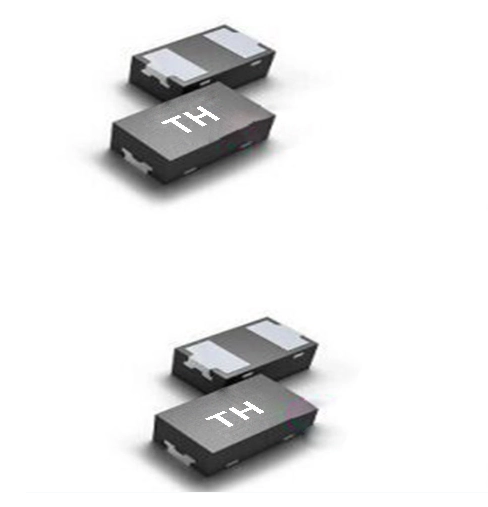In the realm of skin care, surfactants play a pivotal role, acting as the unsung heroes that facilitate cleansing, emulsification, and skin conditioning. With a plethora of surfactants available, the quest for the most powerful surfactant for skin care is both intriguing and essential for formulators and consumers alike. This article delves into the science behind surfactants, their classifications, and highlights the most effective surfactants for skin health.
Understanding Surfactants: The Basics
Surfactants, or surface-active agents, are compounds that lower the surface tension between two substances, such as oil and water. They are amphiphilic molecules, meaning they possess both hydrophilic (water-attracting) and hydrophobic (water-repelling) properties. This unique structure allows surfactants to interact with various substances, making them indispensable in skin care formulations.
Surfactants can be classified into four main categories:
- Anionic Surfactants: These carry a negative charge and are known for their excellent cleansing properties. Common examples include sodium lauryl sulfate (SLS) and sodium laureth sulfate (SLES). While effective, they can be harsh on the skin, leading to irritation and dryness.
- Cationic Surfactants: Carrying a positive charge, these surfactants are often used in conditioners and moisturizers due to their ability to bind to negatively charged skin and hair. Examples include cetyl trimethyl ammonium chloride and benzalkonium chloride.
- Nonionic Surfactants: These do not carry any charge and are generally milder on the skin. They are often used in formulations for sensitive skin. Examples include polysorbates and sorbitan esters.
- Amphoteric Surfactants: These can carry either a positive or negative charge depending on the pH of the solution. They are often used in baby products and sensitive skin formulations due to their gentle nature. Examples include cocamidopropyl betaine and lecithin.
The Most Powerful Surfactants for Skin
When considering the most powerful surfactants for skin care, it is essential to evaluate their efficacy, safety, and compatibility with various skin types. Here are some of the standout surfactants that have garnered attention for their powerful yet gentle properties:
- Cocamidopropyl Betaine
Cocamidopropyl betaine is a mild, amphoteric surfactant derived from coconut oil. It is known for its ability to enhance the foaming properties of formulations while providing conditioning benefits. Its gentle nature makes it suitable for sensitive skin, and it helps to reduce irritation often associated with harsher surfactants. Additionally, it acts as a thickening agent, improving the texture of cleansers and shampoos.
- Decyl Glucoside
Decyl glucoside is a nonionic surfactant derived from natural sources, such as corn glucose. It is biodegradable and considered one of the mildest surfactants available, making it ideal for formulations targeting sensitive skin. Its ability to effectively cleanse without stripping the skin of its natural oils makes it a favorite among formulators of natural and organic products.
- Sodium Cocoyl Isethionate
Sodium cocoyl isethionate is a gentle anionic surfactant derived from coconut oil. It is known for its excellent cleansing properties while being less irritating than traditional sulfates. This surfactant creates a creamy lather and leaves the skin feeling soft and moisturized, making it a popular choice in facial cleansers and body washes.
- Sodium Lauroyl Methyl Isethionate
Another powerful surfactant, sodium lauroyl methyl isethionate, is a mild anionic surfactant that provides a luxurious lather while being gentle on the skin. It is often used in premium formulations due to its ability to cleanse effectively without causing dryness or irritation.
The Importance of pH Balance
When selecting surfactants for skin care, it is crucial to consider the pH of the formulation. The skin's natural pH ranges from 4.5 to 5.5, and using surfactants that maintain this balance is essential for preserving the skin's barrier function. Surfactants that are too alkaline can disrupt the skin's acid mantle, leading to irritation and increased susceptibility to environmental stressors.
Conclusion: Choosing the Right Surfactant
In conclusion, the quest for the most powerful surfactant for skin care is not solely about potency but also about safety and compatibility with various skin types. Surfactants like cocamidopropyl betaine, decyl glucoside, sodium cocoyl isethionate, and sodium lauroyl methyl isethionate stand out for their effective cleansing properties while being gentle on the skin.

More Stories
Indoor vs. Outdoor EV Chargers: Choosing the Right 7kW Charging Solution for Your Home
Unlocking Smart Energy: Key Benefits of a 3 kW Hybrid Grid Solar Inverter
Innovative Design Features of Next-Gen Dry Type Transformers